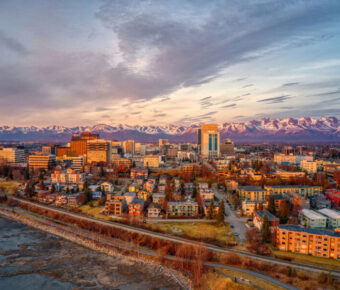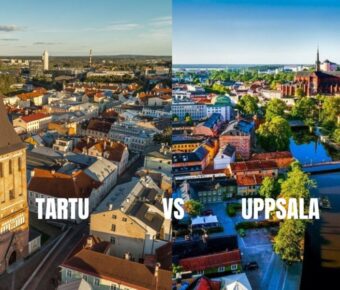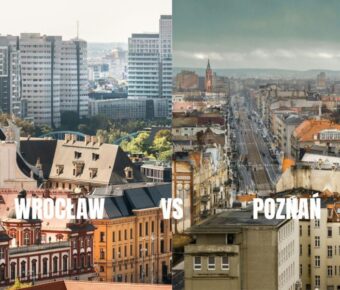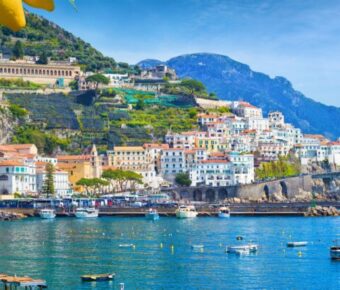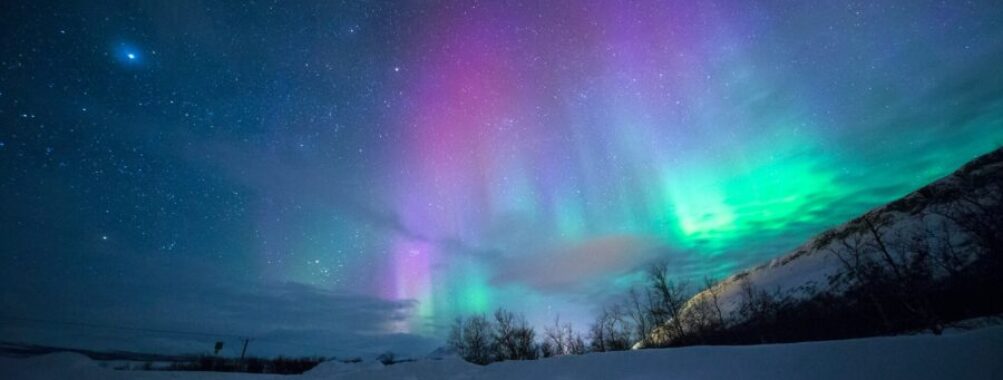
Best Time to See Northern Lights in Finland: Top Months, Hidden Spots, and Insider Tips for 2025
There’s something wild about standing under Finland’s pitch-black skies, watching streaks of green and purple ripple above the horizon. If you’re aiming for the best shot, your top window for northern lights in Finland is September through March, when darkness really settles in.
Don’t just grab the first winter dates you see—auroras need clear, cloudless nights, so picking the right month (and even the right corner of Finland) honestly matters more than you’d expect.
I’m not the only one who chases the aurora borealis, but I’ve definitely spent more than my share of frozen nights near Rovaniemi or out in Lapland, waiting for the sky to come alive. You’ll freeze, sure, but when those colors start dancing, you forget all about your toes.
Table of Contents
- Key Takeaways
- How the Northern Lights Work
- What Causes the Aurora Borealis
- Aurora Activity Cycles
- Seasonal Timing for the Northern Lights
- Why September to April is the Prime Northern Lights Season
- Best Months: September, March, and December
- Winter, Autumn, and Spring Differences
- Location Matters: Best Regions to See the Northern Lights in Finland
- Lapland: The Aurora Heartland
- Top Spots: Rovaniemi, Saariselkä, Levi, Ylläs, and Muonio
- Hidden Gems: Utsjoki, Sodankylä, Kemi, and Ivalo
- Weather and Light Conditions for Optimal Viewing
- The Importance of Dark Skies and Avoiding Light Pollution
- Influence of Weather and Cloud Cover
- Unique Experiences: Where to Stay and What to Do
- Glass Igloos, Snowcastles, and Kakslauttanen
- Northern Lights Hunting and Aurora Spotting
- Activities to Enhance Your Trip
- Snowmobiling and Dog Sledding Adventures
- Ice Fishing and Other Arctic Activities
- Tips for Planning Your Northern Lights Journey
- Traveling from Helsinki to Lapland
- When to Book and How to Prepare
- Frequently Asked Questions
- What are the peak months for observing the Northern Lights in Finland?
- Which specific locations in Finland offer the best visibility of the Northern Lights?
- How does the time of night affect the chances of seeing the Northern Lights in Finland?
- Are there certain weather conditions that enhance the possibility of witnessing the Aurora Borealis in Finland?
- What is the optimal duration of stay to maximize the likelihood of seeing the Northern Lights in Finland?
- Can you still experience the Northern Lights phenomenon during the Finnish summer months?
- Book Your Dream Experience
- More Travel Guides
Key Takeaways
- You’ll get the darkest nights and the best auroras from September to March.
- Certain Lapland regions seriously up your odds, especially if the skies stay clear.
- Toss in some winter adventures and local overnights—they’ll make your trip unforgettable.
How the Northern Lights Work
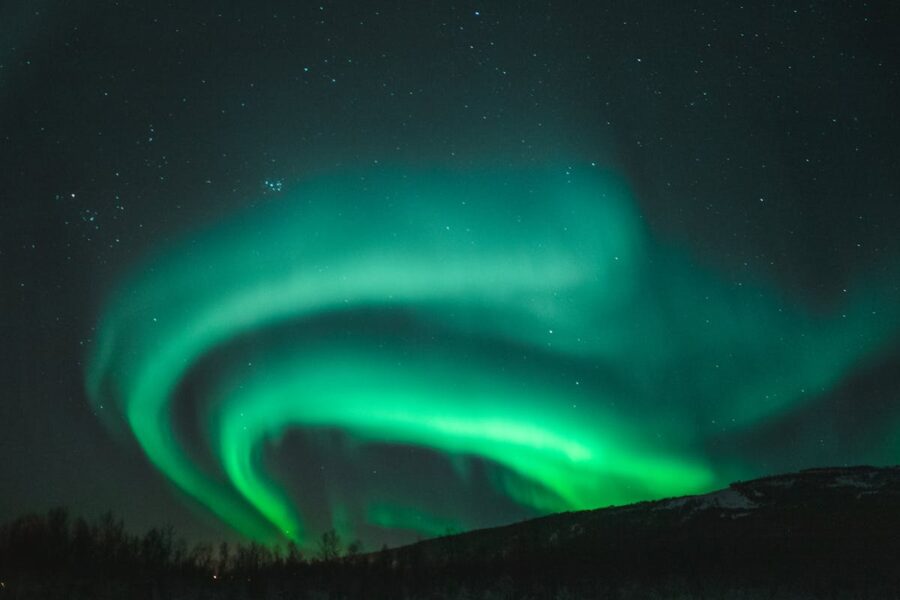
Catching the aurora borealis in Finland isn’t just luck—it’s a bit of science theater happening above you. Understanding why and when they show up makes the whole trip more rewarding.
What Causes the Aurora Borealis
Here’s the real scoop: northern lights happen when charged particles from the sun—mostly electrons and protons—zip across space and crash into Earth’s upper atmosphere. They don’t just scatter anywhere. Earth’s magnetic field acts like a cosmic traffic cop, steering them up toward the poles.
When these particles smack into oxygen and nitrogen high above, energy bursts out as light. That’s where those wild greens, pinks, and purples come from. My first time in Lapland, I just stood there, half-frozen and clutching a mug of hot chocolate, totally speechless.
City lights drown out the aurora, so you’ll only see them when the sky is really dark and clear. Clouds or a bright moon? Forget it. I check weather forecasts obsessively before heading out. Sometimes, waiting for solar activity updates feels like hoping for a surprise party that may or may not happen.
Aurora Activity Cycles
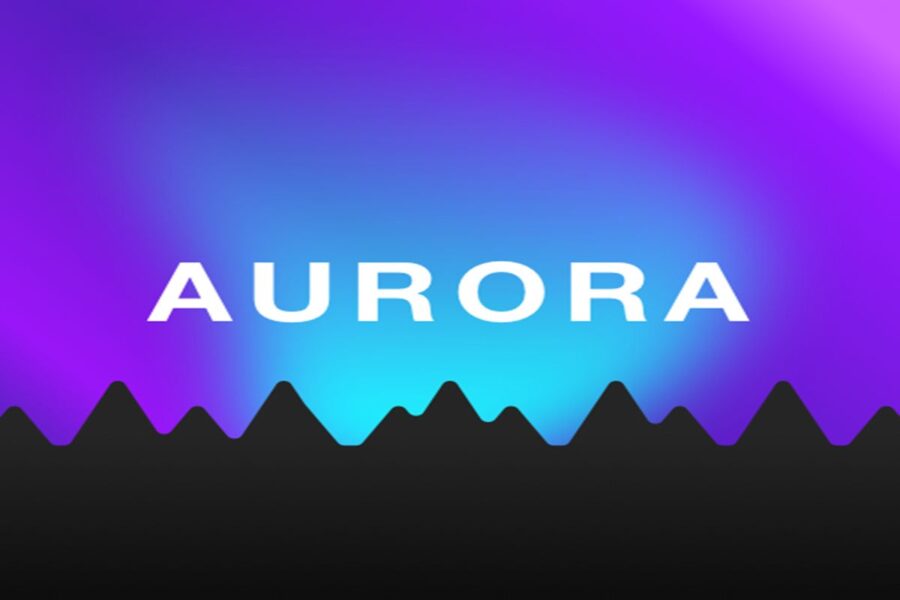
Aurora activity follows a pattern, not just randomness. The sun cycles through “solar maximum” and “solar minimum” every 11 years. During solar maximum, the sun throws off more solar flares, which means bigger, more frequent auroras in Finland.
But even outside those peaks, “space weather” can stir things up. I always recommend grabbing an aurora forecast app. These apps pull real-time geomagnetic data and predict your odds.
Some nights, the lights swirl for hours; other times, it’s just a fleeting arc. Luck plays a part, but timing your trip with stronger solar activity gives you a real edge. I trust my gut—and those push notifications—when deciding if it’s time to bundle up and wander outside with my camera.
Seasonal Timing for the Northern Lights

If you’re plotting a trip just for aurora hunting, timing is everything. Some months deliver those unforgettable displays, while others leave you staring at a blank sky.
Why September to April is the Prime Northern Lights Season
You’ll spot the Northern Lights in Finland from September through April. That’s not by accident—those are the months with long, deep nights, which you absolutely need. Summer up north is stunning, but with endless daylight, there’s no chance for auroras to show, even if they’re out there.
The Finnish Meteorological Institute points out that autumn, winter, and spring all offer solid viewing, but those deep polar nights are what really matter. The aurora happens year-round, but without darkness, you’re just out of luck.
I always find autumn especially beautiful, right as the leaves hit peak ruska. But really, any time between September and April is fair game. Even with clouds or biting cold, plenty of folks still brave the elements for a shot at that magic. The “maybe tonight” feeling is addictive.
Best Months: September, March, and December
Some months stand out from the rest. September brings dark skies and surprisingly mild weather. Plus, there are fewer tourists around, so you might even snag a deal if you’re quick on the draw.
March is my personal pick. The spring equinox seems to give nature an extra boost—maybe it’s the mix of longer days and lingering nights, or maybe I’ve just gotten lucky. Either way, clear nights in Lapland during March are hard to beat.
December is the heart of winter. With snow covering everything, the lights get extra dramatic. Just brace yourself for the cold. I’ve spent plenty of nights out there, mug in hand, hoping the sky would finally put on a show.
Winter, Autumn, and Spring Differences
Autumn comes first, with September and October showing off that ruska glow. Gold and red forests under a green sky? Unbelievable. Nights are long but not yet bitterly cold, and the first snow is just starting to fall.
Winter—think November to early March—is prime time for big aurora displays. It’s also when the cold really bites. On the bright side, clear skies are frequent, and polar night in the far north gives you endless darkness to work with. There’s something about a silent, snowy forest lit up by the aurora that you just can’t get anywhere else.
Spring, especially February to March, holds its own. Nights are still long, but you start getting more daylight. Many locals swear March is the golden ticket: better weather, lingering darkness, and a real shot at those show-stopping displays. I’ve seen some of my favorites late in the season, and it’s always worth braving the chill.
If you’re booking, try to plan your trip during the darkest months with the least cloud cover. Watch for flight alerts and keep your dates flexible—you can often scoop up a bargain. Stay a week if you can; patience, and a bit of flexibility, go a long way up here.
Location Matters: Best Regions to See the Northern Lights in Finland
Where you go in Finland makes a huge difference for aurora spotting. Some places have deeper darkness, less light pollution, and a vibe that just makes the lights seem brighter.
Lapland: The Aurora Heartland
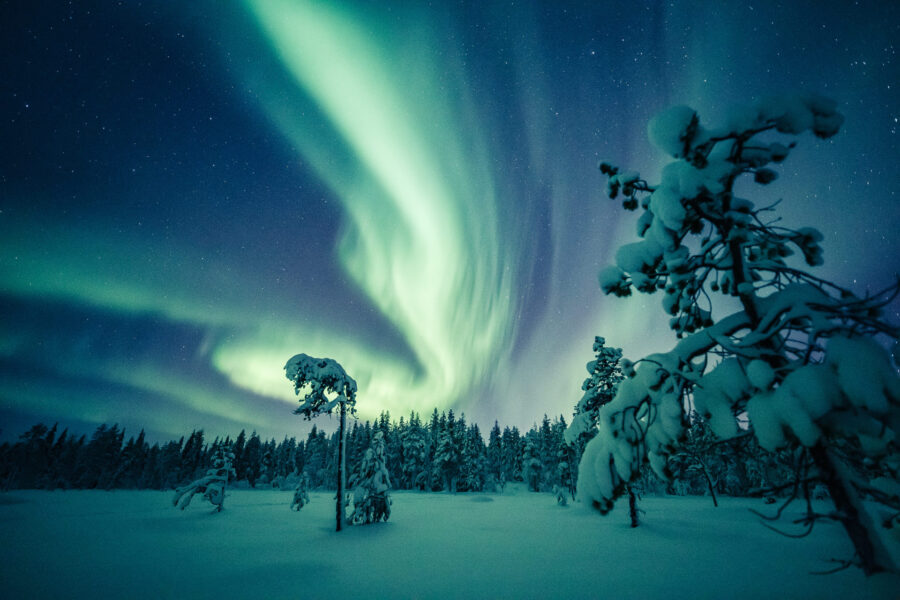
Lapland is the classic choice for chasing northern lights. It’s way up north, where the Arctic Circle cuts through endless forests and snowy hills. From September to March, Lapland’s long, dark nights give you better odds than anywhere further south.
Lapland wins because of its low light pollution. One winter, I bundled up and stepped outside my cabin near Inari. The snow glowed, my breath froze, and suddenly—the sky exploded in green. That moment sticks with me.
You’ll find the best views far from towns. The “Aurora Zone” in Finnish Lapland is famous for a reason. If you want wild, clear skies, this is it.
Top Spots: Rovaniemi, Saariselkä, Levi, Ylläs, and Muonio
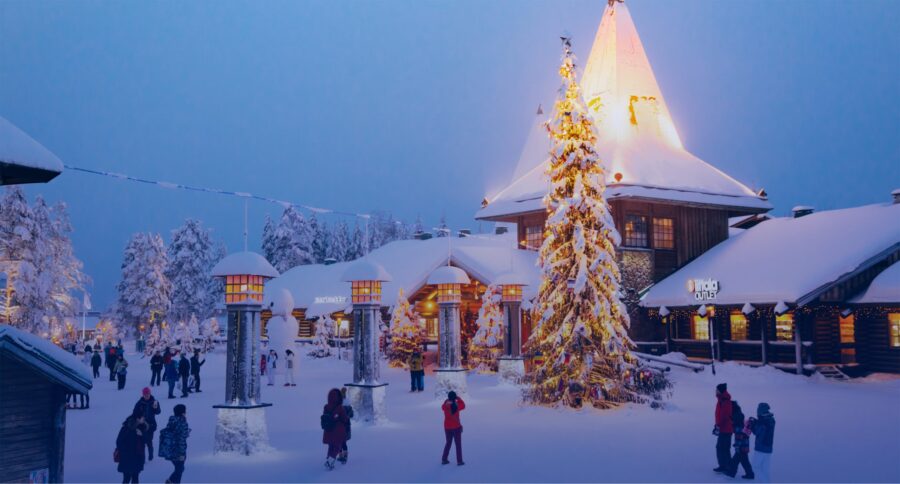
Let’s break it down. Rovaniemi is super accessible and usually the first stop for travelers—I spent one December there, just steps from the Arctic Circle. It’s got a mix of city comforts and wild edges. Plus, if you’ve got kids, Santa Claus Village is a fun detour.
Saariselkä is quieter, tucked up near national parks. If you want to mix aurora hunting with skiing or snowshoeing, this is your spot.
Levi and Ylläs are ski resorts that double as aurora hotspots. Sleeping in a glass igloo here? That’s a bucket-list experience—you can watch the sky from bed. Muonio is for the hard-core adventurer. It’s remote, and the darkness is unbeatable for aurora viewing.
| Town | Vibe | Notable Perk |
|---|---|---|
| Rovaniemi | Lively | Easy access, family-friendly |
| Saariselkä | Peaceful | Nature trails, fewer crowds |
| Levi | Sporty | Resort atmosphere, glass igloos |
| Ylläs | Scenic | Skiing, mountain scenery |
| Muonio | Remote | Super dark skies, very quiet |
Hidden Gems: Utsjoki, Sodankylä, Kemi, and Ivalo
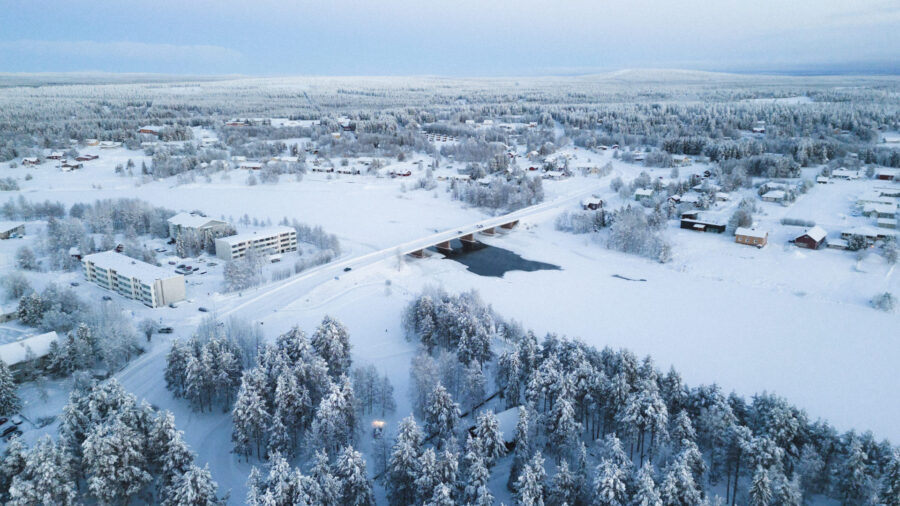
These spots don’t get as much press, but maybe that’s the point. Utsjoki sits at Finland’s northern tip. Sámi culture runs deep here, and you’ll find almost no artificial lights to spoil the view.
Sodankylä is more central in Lapland and easy to overlook, but I once met a local who swore the brightest auroras he’d ever seen were just outside town.
Kemi hugs the Bothnian Bay. You might not expect coastal auroras, but when they show up over the sea ice, it’s unreal—especially with a ship glowing in the distance.
Ivalo is a gateway for those who want to fly in and get lost in the wilderness quickly. Loads of small lodges here, all geared toward aurora seekers. If you want a blend of easy access, culture, and great skies, these places are well worth checking out. And hey, fewer crowds never hurt.
Weather and Light Conditions for Optimal Viewing
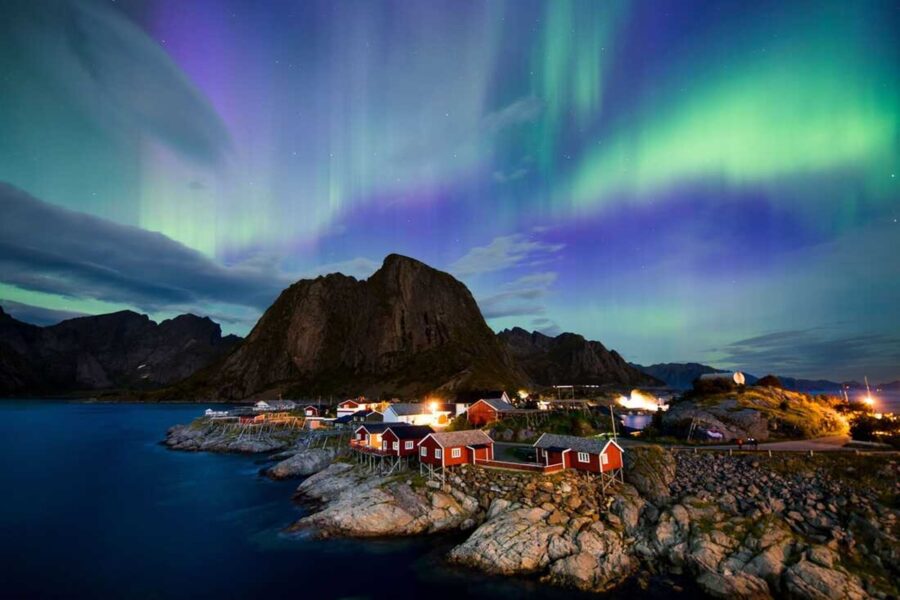
To catch the Northern Lights in Finland, you need more than luck. Getting the darkness and weather just right can make all the difference when you’re out there, bundled up and hoping.
The Importance of Dark Skies and Avoiding Light Pollution
Honestly, if you stand under a Finnish sky packed with stars, you’ll see how city lights just kill your chances. Light pollution wipes out the faint glow of the aurora. Even small towns can mess things up—learned that the hard way one freezing night outside Rovaniemi.
For the full, jaw-dropping effect, get as far from civilization as you can. National parks and frozen lakes are top picks. The best guides will drive you past the last porch light, just to find truly black skies.
A quick tip: grab an aurora forecast app before you go, and pair it with a light pollution map (the Finnish Meteorological Institute has some good ones). It takes a little extra work, but honestly, it’s worth every bit of effort. The payoff? Huge.
Influence of Weather and Cloud Cover
Clouds have ruined many of my aurora hunts in Finland, no joke. You can get all the solar activity in the world, but if clouds roll in, it’s over. Winter weather is unpredictable—snowstorms pop up fast, and humidity can make the sky go hazy.
Always check the local weather. The Finnish Meteorological Institute gives solid updates—look for cold, dry, clear nights. Dry air is your best friend; it means less cloud risk. March is a sweet spot: ice is melting, nights are still long, and the sky can be crystal clear.
Keep an eye on the sky yourself, too. If you see lots of stars, you’ve got a shot if the aurora activity is up. Patience is key. You might wait for hours in the cold, but when the clouds finally part and the green lights appear, it feels like winning the lottery.
Unique Experiences: Where to Stay and What to Do
A trip to Finnish Lapland is about more than just sleeping—it’s about waking up in a winter dream. If you want a Northern Lights adventure you’ll remember forever, it helps to know the best places to stay and what else to do besides stare at the sky.
Glass Igloos, Snowcastles, and Kakslauttanen
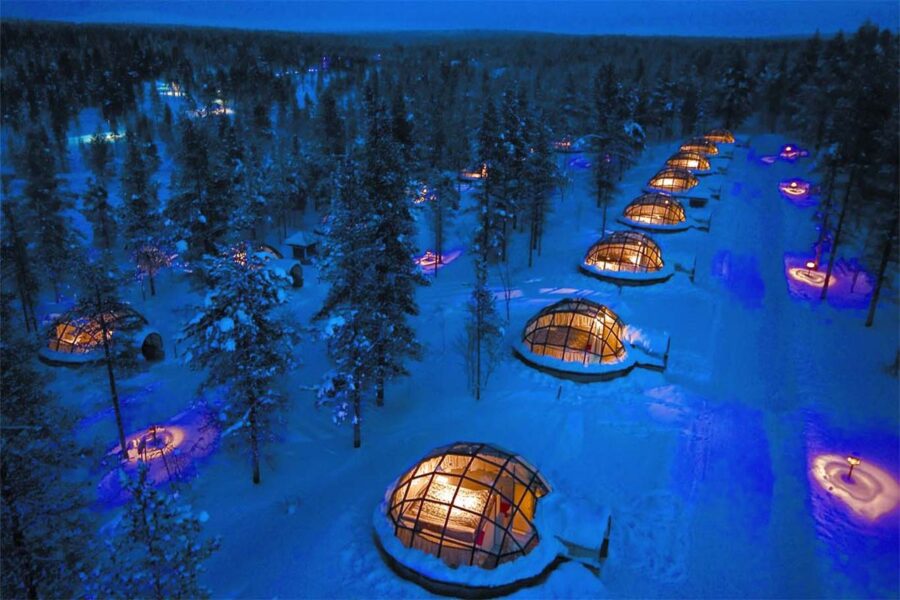
Sleeping in a glass igloo really is something else. Picture yourself sprawled out, warm and snug, while snow drifts down outside and the Northern Lights do their thing overhead. Kakslauttanen Arctic Resort and Northern Lights Village have these igloos waiting for you—and honestly, after a night there, regular hotel rooms just feel… boring.
Every winter, some hotels go all out and build massive snowcastles. You’ll find snow suites and frozen restaurants, where you’ll bundle up and sleep in beds literally made from snow, tucked inside thick sleeping bags. Sounds a little wild, right? But that’s what makes Lapland feel like a real-life fairytale.
If you’re thinking that’s a bit much, don’t worry. You can also pick from log cabins, glass domes, or even treehouses. Rovaniemi and Saariselkä have all kinds of quirky spots, so you can match your vibe. For unique experiences beyond just sleeping, I’d poke around GetYourGuide—there’s always something unexpected on there.
Northern Lights Hunting and Aurora Spotting
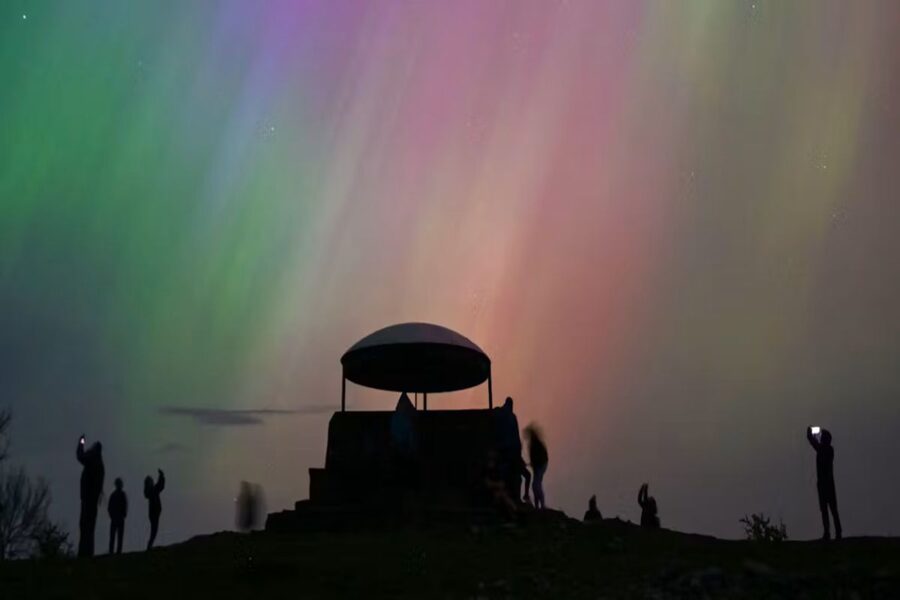
Aurora hunting here isn’t just a tour—it’s an adventure. In Finland, you’ll head out into the wild at night, wrapped up in more layers than you thought you owned, with a local guide who actually knows where to go. These folks always seem to have a secret spot miles from the nearest streetlight or busload of tourists.
Sometimes you’ll hop on a snowmobile, sometimes a husky sled, or just strap on snowshoes. Even if the lights don’t show, tearing through the snow in the dark is a rush.
I’ve joined tours where the guide built a campfire, and everyone just hung out with mugs of hot berry juice. Waiting under the open sky, swapping stories with strangers from all over? That’s half the fun. And when the green lights finally swirl overhead…well, you’ll remember that forever.
Prefer to go solo? Rent a car, drive out to somewhere pitch-black, and keep a close eye on the aurora forecasts. And if you want a shortcut to some weird and wonderful northern lights activities, check out Viator. Don’t get stuck in a rut—sometimes the best part is just chasing the possibility.
Activities to Enhance Your Trip
Finland isn’t just about standing around with your neck craned up—though, honestly, that’s pretty great too. Once you’re here, you’ll find all kinds of ways to blend adventure with relaxation, which makes the whole northern lights chase even better.
Snowmobiling and Dog Sledding Adventures
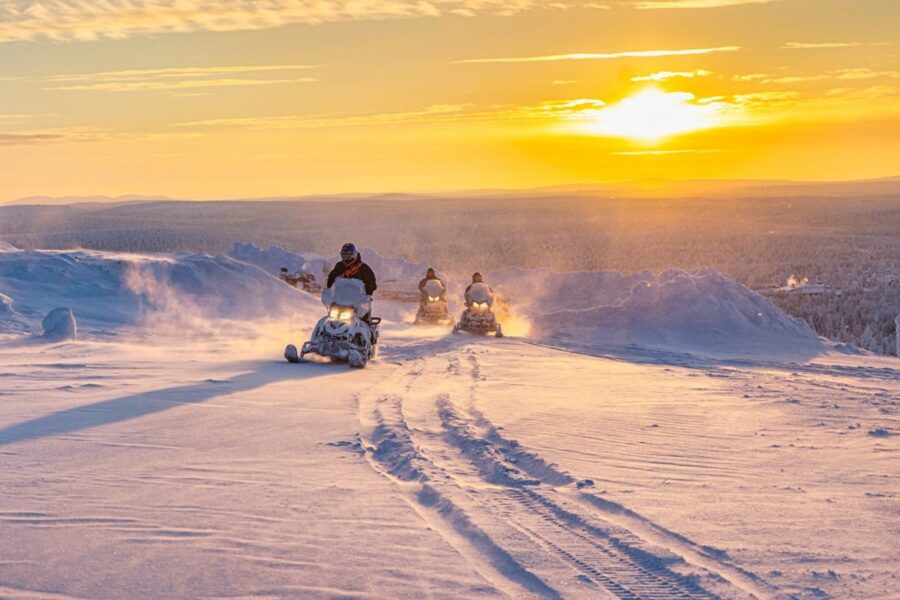
Let me tell you, nothing wakes you up quite like the roar of a snowmobile as you zip through those silent, snowy forests. Snowmobiling in Lapland is both an adrenaline kick and oddly calming at the same time. Some guides offer late-night rides, so you’re out there just as the auroras might show. I’ve ended up parked on a frozen lake, hot cocoa in hand, just watching the sky do its thing.
But if you want something with a bit more old-school charm, dog sledding is where it’s at. There’s nothing quite like gliding across untouched snow behind a team of eager huskies. The silence on the trail at dusk, broken only by the runners on snow, is pure magic. I still remember my first trip: freezing cheeks, happy dogs, and suddenly, green auroras flickering above the trees. Can you top that? Honestly, I’m not sure.
Ice Fishing and Other Arctic Activities
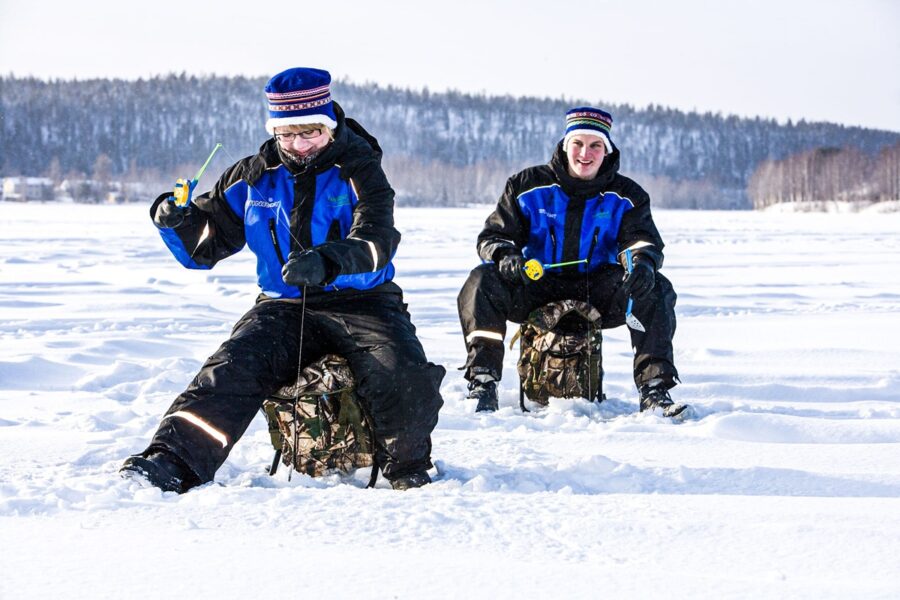
If you’d rather slow down, ice fishing is a big deal up here. Local guides will drill holes in the lake, set up a cozy shelter, and pretty soon you’ll be sitting there with a hot drink, line in the water. Even if you’re not usually into fishing, there’s a peace to it that’s hard to explain. It’s about the quiet as much as the catch.
Not keen on fishing? Try snowshoeing through old forests, or give cross-country skiing a shot. Or, just wander into a smoke sauna after dark—you won’t regret it. Some family-run places even invite you in for traditional Finnish meals, and if you’re lucky, you’ll get to bake your own pastries. Keep your eyes open on the way back in; sometimes the auroras sneak up just as you’re heading inside. Grab your camera, just in case.
Tips for Planning Your Northern Lights Journey
Catching the Northern Lights in Finland isn’t just about luck. Timing matters, and a bit of savvy planning—especially how you get from Helsinki to Lapland, and when you book—can make all the difference.
Traveling from Helsinki to Lapland
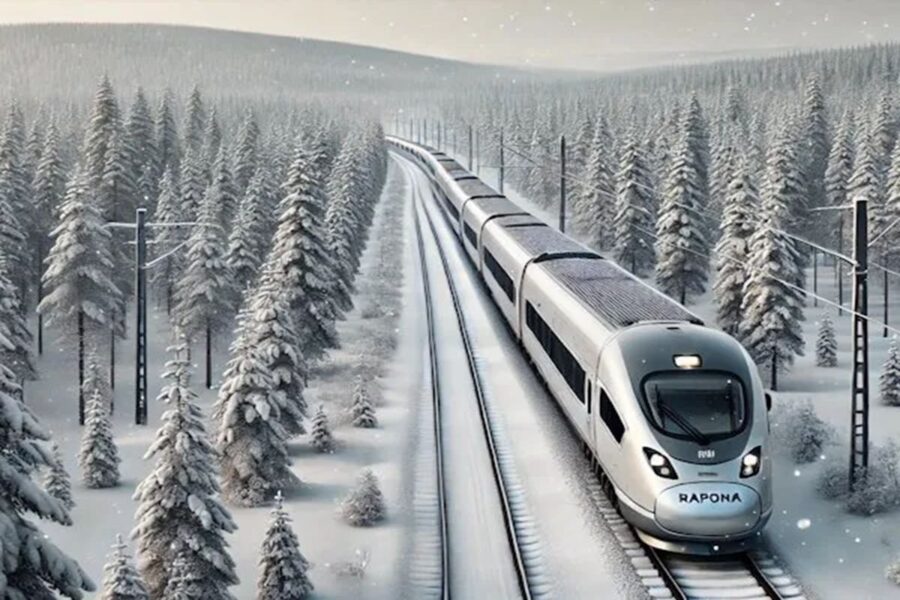
Starting off in Helsinki? You’ve got a few solid options to get up north. Flying is the quickest—there are regular flights to Rovaniemi, Ivalo, and Kittilä, and you’ll be there in about an hour and a half. Way better than a long slog by train if you’re short on time.
But honestly, don’t write off the train. The overnight sleeper, also known as the “Santa Claus Express,” lets you wake up right in Lapland, and watching snowy forests roll by is its own kind of magic. Intercity buses exist too, but I’ll be honest: they’re a test of patience, best for budget travelers who don’t mind a long ride. My first train trip north? Barely slept, but the view made up for it.
If you want to compare prices or travel times, sites like KAYAK are handy. My tip: book early, especially for mid-winter (December–March), when nights are longest and spots fill up fast.
When to Book and How to Prepare
Honestly, planning ahead saves you headaches later. The best time for aurora hunting in Finnish Lapland runs from late September to early April, peaking during those deep, dark months. If you want fewer crowds and cheaper rates, late March is a solid bet—just brace yourself for the cold. For popular glass igloos or wilderness cabins, booking 6–12 months in advance is smart—no joke, they disappear fast.
Make a must-bring list before you go: layers, thermal socks, gloves, and a sturdy tripod for your camera. Don’t skip travel insurance—you never know when a patch of ice or a delayed flight will throw you a curveball. For packing, look for lightweight travel gear and layer up—Finnish winters don’t play around.
Here’s a quick prep checklist:
- Book flights and rooms early
- Pack for subzero temps
- Track weather and aurora forecasts
- Always have a backup plan in case the sky stays cloudy
You’ll be glad you prepped when you’re sipping something warm under a sky that’s lighting up.
Frequently Asked Questions
Getting your timing right, picking the right spot, and watching the weather all help when you’re chasing the Northern Lights in Finland. A bit of luck never hurts, but you can stack the odds in your favor.
What are the peak months for observing the Northern Lights in Finland?
Aim for late August through early April, but if you ask me—or most locals—March is the magic month. Nights are still long, but you don’t freeze quite as much as in the dead of winter.
Some of my best aurora nights have been in March, mostly because the sky stays clearer. Just don’t skimp on layers—spring here doesn’t mean what you think it means.
Which specific locations in Finland offer the best visibility of the Northern Lights?
Go north—the further, the better. Rovaniemi, Inari, and Ylläs are all fantastic if you want good odds. I always steer folks to Finnish Lapland for those wide-open, dark skies.
A little secret: some old forest cabins around Inari let you step right out into pitch black, which is just unbeatable for aurora hunting.
How does the time of night affect the chances of seeing the Northern Lights in Finland?
Most auroras love to show up between 10 PM and 2 AM. It’s like the sky waits until you’re almost ready to call it a night.
Honestly, I’ve dragged myself out of bed at midnight in my pajamas more times than I can count. If you’re a night owl, you’re in luck—the later hours seem to deliver.
Are there certain weather conditions that enhance the possibility of witnessing the Aurora Borealis in Finland?
You want a clear, dark sky—clouds are your enemy. Try to dodge full moons too, since all that light can drown out the show.
I always check weather apps for gaps in the clouds—even a short window can be enough. In my experience, cold, still nights give you the best shot.
What is the optimal duration of stay to maximize the likelihood of seeing the Northern Lights in Finland?
If you can swing three or four nights, you’re in great shape. One night is a gamble, but longer stays really boost your odds. I’ve had stretches where nothing happened—and then, on the last night, the sky finally exploded with color.
Don’t risk it all on a single night; patience pays off way up north.
Can you still experience the Northern Lights phenomenon during the Finnish summer months?
Honestly? Not so much. During summer in Finland, especially up in Lapland, the sun just refuses to go away.
The Auroras might be dancing overhead, but you won’t catch a glimpse—there’s simply no real darkness.
If you’re chasing the Northern Lights, I’d say avoid those endless summer days. Plan for the months when night actually falls and the sky gives you a fighting chance.
